Ecuador enchants with treasures of Galapagos Islands
By Korea HeraldPublished : Aug. 16, 2016 - 23:39
Coinciding with the country’s Independence Day, the Ecuadorian embassy has organized an exhibition that showcases the wonders of the Galapagos Islands, acclaimed for its pristine wildlife and unadulterated landscape.
Titled “Enchanting Galapagos Islands,” the show runs until Aug. 17 at D-Cube City’s Daesung Art Center in Seoul. It displays 30 pictures captured by Korean photographer Kim Byung-ho, who visited the volcanic archipelago off the western coast of Ecuador last year.
The National Day on Aug. 10 marked the 207th anniversary of Ecuador’s first call of liberation from the Spanish crown, which had ruled since the 16th century.
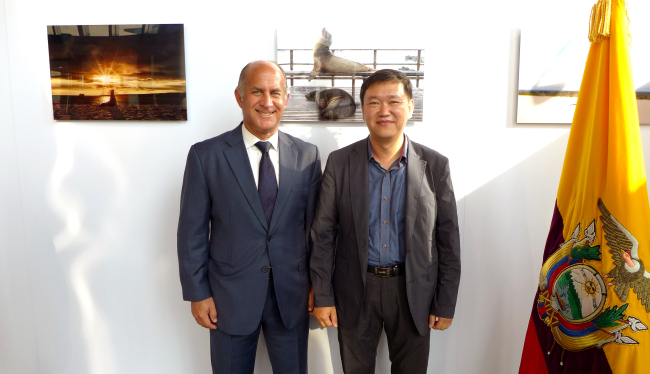
Under the sovereignty of Ecuador since 1832, the group of 233 islets is home to several one-of-a-kind species and 27,000 inhabitants. Galapagos became a UNESCO World Heritage Site in 1978 and features a national park and marine reserve.
The islands -- the background of Charles Darwin’s 1859 groundbreaking book “On the Origin of Species” -- boast a handful of exotic animals and plants that evolved endogenously over approximately 5 million years.
Endemic animals include the Galapagos land iguana and marine iguana, Galapagos tortoise, pelican, blue-footed booby, great frigatebird, waved albatross, Galapagos penguin, Galapagos sea lion and bottlenose dolphin.
“In the spirit of our constitution, our government prioritizes the conservation and sustainable development of these paradise islands over profit from tourism,” said Ecuadorian Ambassador Oscar Herrera Gilbert in a speech at the opening ceremony Wednesday.
The envoy, who spent his childhood on the islands with his father, who was governor there, said he has visited his homeland several times. Calling Galapagos “a place of unimaginable beauty,” the entrepreneur-turned-diplomat recommended the Pinnacle Rock of Bartolome Island, North Seymour Island Caves and the Charles Darwin Scientific Center in Santa Crus Island as “must-visit” sites.
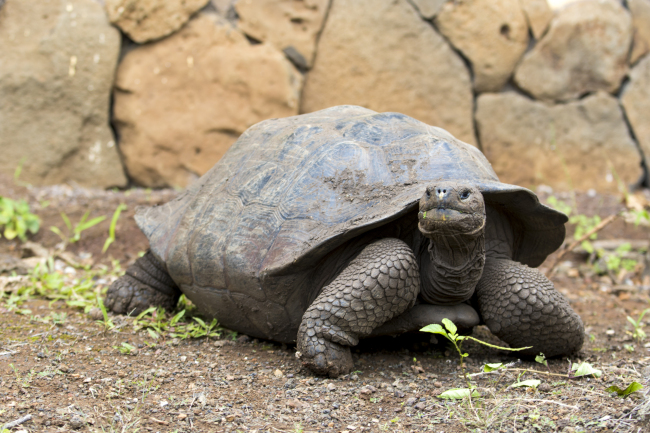
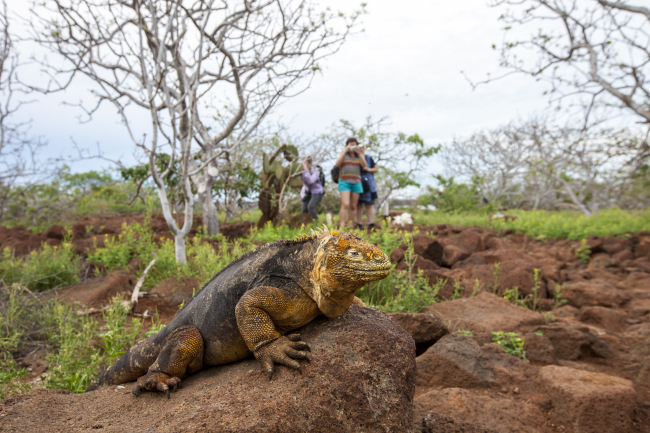
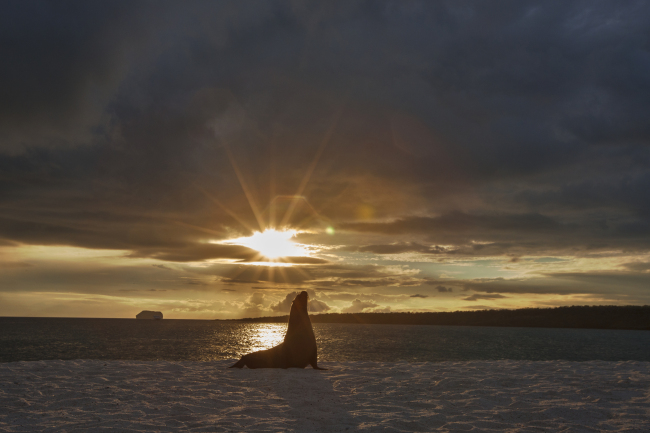
“I was once sitting near a pier on Isabela Island, and suddenly a huge sea lion came up to me roaring in its characteristic sound,” he told The Korea Herald. “A nearby fisherman told me the sea lion came every afternoon scrounging for fish from visitors, because it liked interacting with people.”
Kim said one of the most intriguing observations he made on his tour was animals and humans commingling and sharing public spaces in harmony.
“I saw sea lions living alongside residents everywhere,” he said in an interview. “Sea lions were occupying beachside benches, but people weren’t bothered and went about their lives.”
The ambassador argued Ecuador is a “tailor-made country” for Korean tourists. As Koreans typically have few days a year to vacation, Ecuador, with its four distinct environments in a small territory, can offer a complete package of unrivaled experiences, he added.
“You can have breakfast on the coast, lunch in the mountains and dinner in the Amazon jungle,” Herrera said. “With daily flights to major cities and outstanding highways, travelers can hit the coast, mountains, the Amazon and Galapagos in a week. For first-timers, I recommend Quito, Guayaquil, Cuenca, Otavalo, Banos and Puyo.”
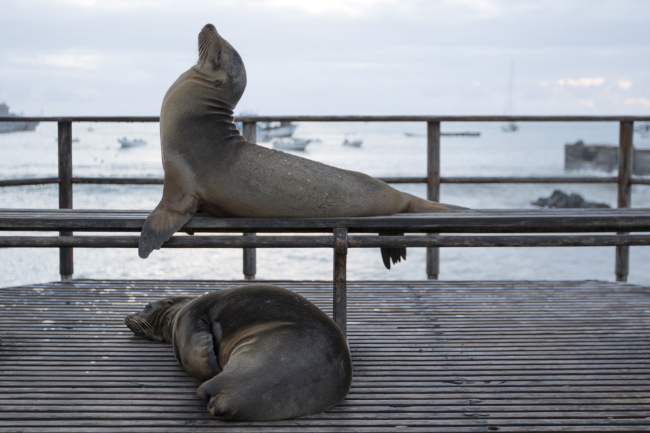
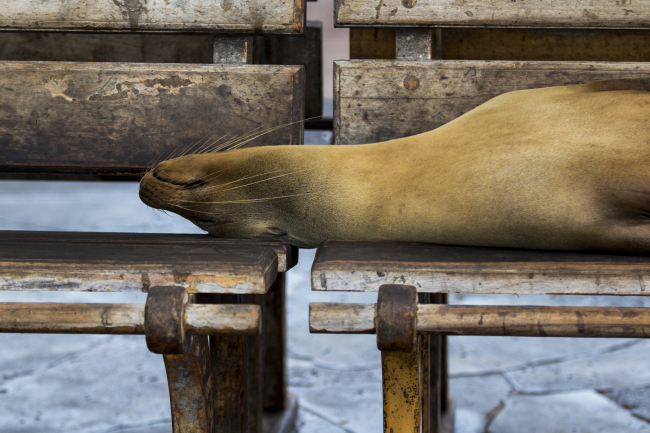

Regarding relations with Korea, now stretching over 54 years diplomatically, he said the last decade saw significant developments ushered by a host of agreements covering double taxation elimination, air services, infrastructure assistance, education and scholarships.
Encouraged by Ecuadorian President Rafael Correa’s visit to Korea in September 2010, the two countries’ bilateral commerce has been given an impetus, according to Herrera. Non-oil exports from Ecuador to Korea increased from $10 million to $60 million between 2010 and 2015, encompassing product diversification; and the two sides entered negotiations for a Strategic Economic Partnership Agreement, currently in its third round, covering comprehensive trade and investment.
According to the embassy, key Ecuadorian products with potential for success in the Korean market are fresh and frozen fruits, processed food, seafood, hats and flowers.
On the education front, the number of Ecuadorian students with academic excellence coming to Korea has surged “exponentially,” the diplomatic mission explained, adding that it facilitates exchanges through scholarships, partnerships and administration. They are currently enrolled at undergraduate and graduate programs across Korea’s top universities.
Furthermore, the “Yachay City of Knowledge” -- a planned hub of technological research, innovation and entrepreneurship, located in mountainous northern Ecuador -- is modeled after Songdo-Incheon Free Economic Zone and being built with Korean expertise.
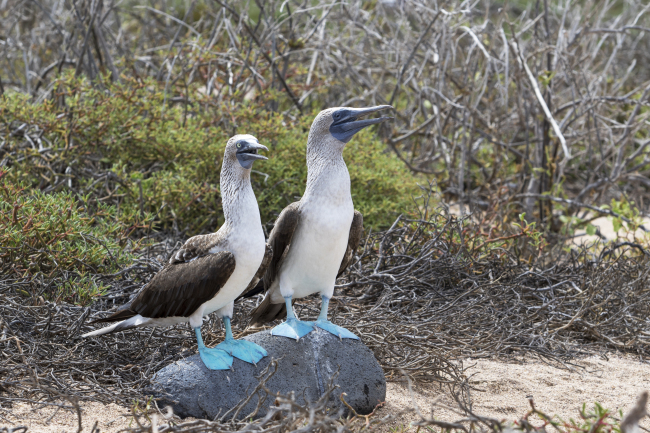

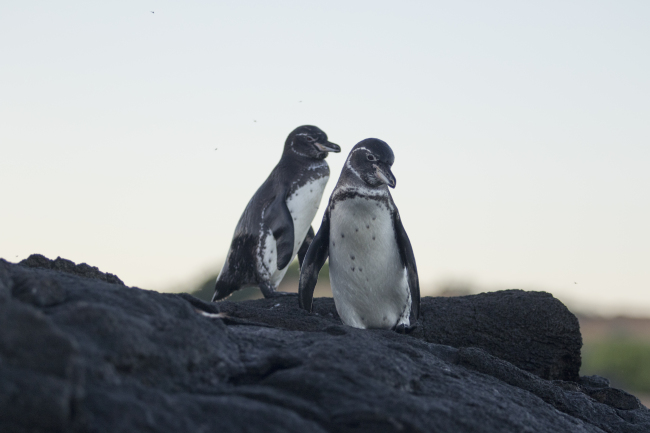
On April 16, a 7.8-magnitude earthquake struck Ecuador’s coastal areas, spreading from the epicenter near the city of Padernales in the Manabi province to surrounding provinces of Esmeraldas, Santa Elena, Guayas, Santo Domingo and Los Rios. The cataclysmic event has claimed over 600 lives and resulted in 150 missing persons and 8,400 injured people.
Concerning relief efforts, the government has rescued and evacuated victims to designated shelters; obtained aid equipment, such as large tents, sleeping bags, medicine and sanitary facilities; and has begun reconstructing the distraught areas, according to the embassy.
The Korean government provided $700,000 in aid to Ecuador, and the Korea International Cooperation Agency contributed $100,000 of humanitarian aid using its volunteers. Korean companies and citizens donated $902 million dollars, while the city governments of Seoul and Busan offered $100,000 and $50,000, respectively.
Ecuador, which relies over half of its export on oil, has diversified its energy mix with more hydropower plants that have replaced thermoelectric power plants run by fossil fuel, Herrera Gilbert claimed.
In addition, he underlined, the government has undertaken structural reforms to strengthen fiscal accountability and reorganize tax burdens. Using loans from multilateral agencies and governments such as China and issuing bonds in the international market, Ecuador’s budget has come to be balanced, according to the ambassador.
By Joel Lee (joel@heraldcorp.com)
-
Articles by Korea Herald


















![[KH Explains] Hyundai's full hybrid edge to pay off amid slow transition to pure EVs](http://res.heraldm.com/phpwas/restmb_idxmake.php?idx=652&simg=/content/image/2024/04/18/20240418050645_0.jpg&u=20240418181020)

![[Today’s K-pop] Zico drops snippet of collaboration with Jennie](http://res.heraldm.com/phpwas/restmb_idxmake.php?idx=642&simg=/content/image/2024/04/18/20240418050702_0.jpg&u=)